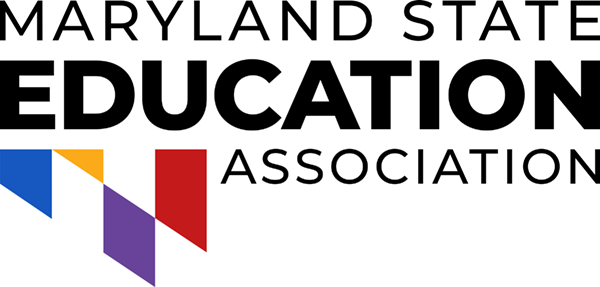
6
SeptemberThe Power of Relationships
- Montgomery County, Piney Branch Elementary School
- Member since 1999
- NBCT
- Email: nandi1920@yahoo.com
“These students are out of control! It is too hard being a teacher right now!” These are a few of the phrases heard since our return to school after being out a year and a half due to COVID-19. Even though school has been back in-person the last two years, it seems that things are getting worse not better. Many teachers continue to leave the classroom to seek “better” opportunities elsewhere.
Students may hear words such as, “Go stand in the hallway now!” for every little infraction. But what is causing this and how can it be fixed? Going back to basics. We all know that one of the best ways to impact student learning is to build positive relationships. Yet for many teachers, this is one of the hardest things to do and something they have forgotten when trying to return to normal. Many teachers are bogged down trying to get all the curriculum in and get students caught up, post pandemic. Unfortunately, student relationships go to the wayside. This proves to be a detriment to our students, particularly black and brown students. We know that when students are able to connect with educators, cultural bias diminishes and student learning occurs.
In her book Culturally Responsive Teaching and the Brain by Zaretta Hammond, the author reminds us that we must build learning partnerships with our students. This past year, the teachers in our school embarked on a journey designed to help build positive relationships with students they felt were hard to reach by building learning partnerships. To do this, we focused on utilizing these five aspects from Hammond’s book called ‘Trust Generators’.
- Selective Vulnerability
“People respect and connect with others who share their own vulnerable moments. It means showing your human side that is not perfect.”1
Educators sharing appropriate life stories and struggles with students can help them make connections and build relationships. - Familiarity
“People develop a sense of familiarity with someone who they see often in a particular setting such as at a bus stop every day or in the café on a regular basis.”1
Make it a point to go to students’ school or community events when your schedule allows for it. Students love to see educators take an interest in what they do because it shows you care. Of course, attending students’ events should happen when you have the bandwidth for it, but making the time to build relationships with students will lead to better outcomes for them and you. - Similarity of Interests
“People create a bond with others who share similar likes, dislikes, hobbies, etc. This common affinity allows a point of connection beyond any obvious racial, class or linguistic differences. This plants the seed of connection in the relationship.”1
Getting to know each student is key to discovering their interests and passions, their struggles and strengths. This is a perfect way to build that bond. Having lunch bunches is one great way to easily get to know students and build relationships.
- Concern
“People connect when another shows concern for those issues and events important to another, such as births, illnesses, or other life transitions. This plants the seed of personal regard.”1
Make it a point to remember the details from a student's life whether it is something minor like a baseball game the day before or something major like a death in the family a week ago. Demonstrate care by asking follow up questions about these recent events to build student trust.
- Competence
“People tend to trust others that demonstrate the skill and knowledge as well as the will to help and support them. This plants the seed of confidence in others.”1
Students need to be assured that their teachers are competent about what they teach and how to teach. It is also important that teachers make learning fun and accessible to all students.
Positive student relationships are fundamental to success. When children feel safe and trust their teacher, they will be ready to learn. When they feel supported, they're more likely to engage in learning and have better academic outcomes. In addition, when students have positive interactions with teachers, they have fewer behavioral problems. Developing and nurturing healthy and trusting relationships will ensure that teachers will not find it hard to stay in the classroom.
1Hammond Z. Culturally Responsive Teaching and the Brain: Promoting Authentic Engagement and Rigor among Culturally and Linguistically Diverse Students. Thousand Oaks, CA: Corwin; 2015.


